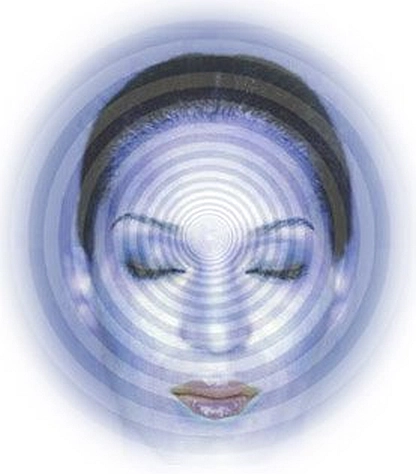Imagination (KIP)
The word imagination means an idea, an imagination. It is based on a relaxed state of consciousness.

When we imagine, we release the flow of our imagination, during which we experience internal images.
The concept of imagination can be derived from the Latin word “imago”, meaning: image, likeness, appearance. If we close our eyes, we can imagine anything, it will appear. before our mind’s eye. At the same time, fantasizing, imagining without an internal image, is not imagination, as it is permeated by awareness. The source of the images imagined in this way is the unconscious.
Imaginations are relatively independent of conscious thinking and our will, so they arise freely, therefore the imagination can flow freely and display images and events saturated with emotion. Events, persons, and traumas experienced by the client that are important to the client in the present or in the past can then appear in these images. Often, a single imagination exercise is enough to end a series of nightmares that have lasted for years.



It can lead to very important insights about ourselves.
In the therapeutic situation, imagination takes place in a special way, in a modified state of consciousness (trance). The therapist helps to achieve this state of consciousness, and then after the client has achieved this state of consciousness, the therapist helps the client with certain watchwords. With these watchwords, the experience causing the conflict and problem in the deeper areas of the unconscious becomes available to the client.
During the therapeutic process, symptoms begin to subside.
During the therapeutic process, the unconscious problems become more and more treatable and then processable, which means the alleviation and eventual elimination of the symptoms, and healing.
The client is not alone during the process, the therapist accompanies him throughout, so the client is safe.
Accompaniment also means that the therapist is present, but not in control, the client is free to direct the process. After each imagination, a deeply psychologically oriented conversation is used to revise what was experienced during the imagination, and to discuss and clarify the feelings and thoughts that arose in connection with them. In this way, experiences become conscious.
FAQ – Frequently asked questions.

What are the effects of imaginative sessions?
Better well-being and mood, increasing self-confidence, relieving anxiety, reducing aggressive behavior, active use of imagination, creativity, strengthening of self-control. Re-evaluation of trust in our physical and mental qualities, rethinking and shaping our basic attitude and outlook on life, the possibility of re-evaluating the concept of health, peer and self-knowledge increase, value arrangement, character formation, revision of emotional reactions and behavior patterns.
Relaxation through imagination is effective in relieving stress and has a beneficial effect on our physiological processes. During Imagination, psychological problems are resolved through the visualization of thematic images that can be evoked in a relaxed state in the psychotherapy process.
How is imagination used therapeutically?
In the imaginative technique, we “call” images/symbols in a relaxed state, in a structured, thematic manner, or according to the problems that arise. During imagination, we create internal images, thus the psychic energy appears in the form of an image and becomes “tangible”.
In experiencing, we give ourselves over to the imaginary experience with a permissive attitude, we are accepting of everything that happens internally during the imagination. During the therapeutic process of experience processing, awareness and experiences are integrated.
What are the types of imagination?
There are several types of relaxation, one of the most common is getting into a deeper and deeper state of relaxation by listening to a relaxation text.
There is also progressive relaxation, which is an indirect procedure in which relaxation is achieved by tensing and relaxing the muscles. Another well-known method is autogenic training, during which muscle relaxation is achieved by imagining the weight of the limbs.
Methods and therapies
Health zone
Interesting facts from the world of mental health and psychology.


